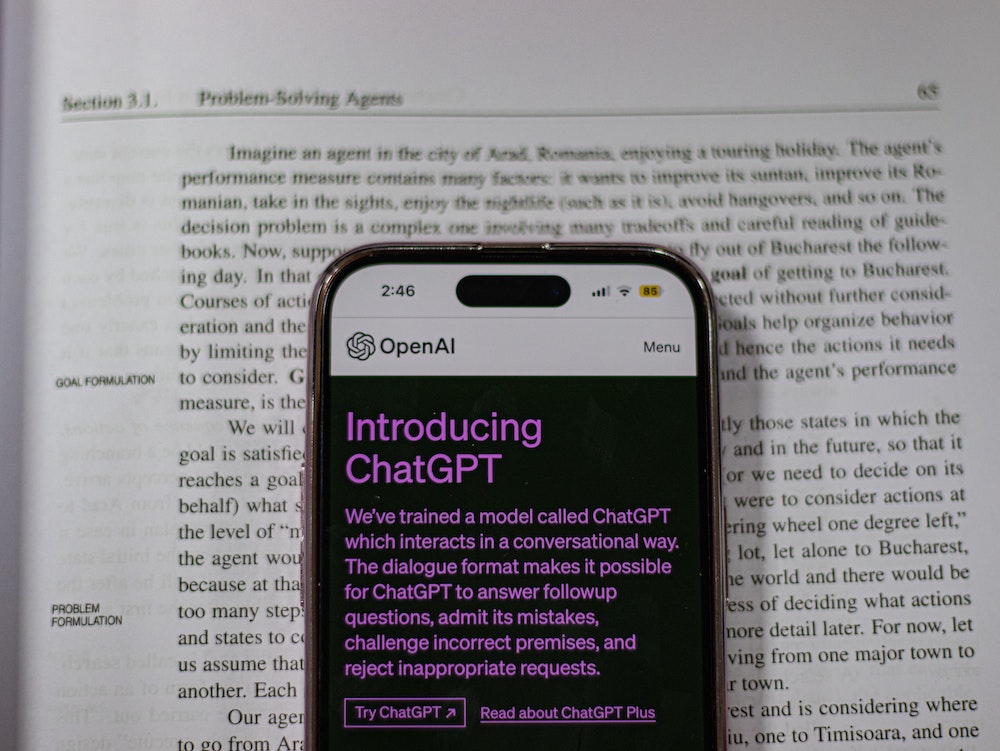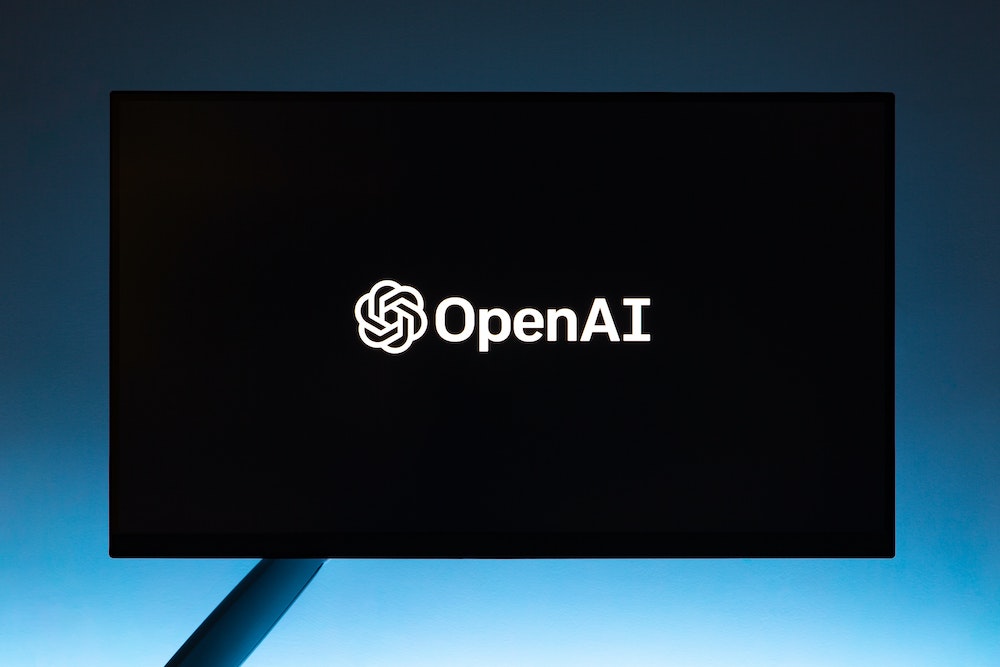What is ChatGPT Used For? Exploring Versatile Uses of AI
Discover the diverse uses of ChatGPT, from content creation to language translation, education, and research. What is ChatGPT used for? Find out here.
ChatGPT is a large language model developed by OpenAI that is based on the GPT-3.5 architecture. It is a powerful tool that can be used for a wide variety of purposes, from natural language processing and text analysis to chatbots and virtual assistants. In this article, we will explore the many ways that ChatGPT can be used and how it can help individuals and businesses to achieve their goals.
Natural Language Processing
One of the primary applications of ChatGPT is natural language processing (NLP). NLP is the ability of a computer to understand, interpret, and generate human language. ChatGPT is trained on a massive dataset of human language, which enables it to understand the nuances of human speech and writing.
There are many ways that businesses can use ChatGPT for NLP. For example, ChatGPT can be used to analyze customer feedback, social media posts, and other forms of user-generated content. By analyzing this data, businesses can gain valuable insights into the opinions and preferences of their customers. This information can then be used to improve products and services, develop new marketing strategies, and make other important business decisions.
Another way that ChatGPT can be used for NLP is through chatbots and virtual assistants. Chatbots are computer programs that are designed to simulate conversation with human users. They can be used to provide customer support, answer frequently asked questions, and even make sales. Virtual assistants, on the other hand, are more advanced versions of chatbots that can perform a wider range of tasks, such as scheduling appointments and sending emails.
ChatGPT is an ideal tool for developing chatbots and virtual assistants because of its ability to understand and generate human language. By using ChatGPT as the underlying technology for these programs, businesses can create more natural and engaging interactions with their customers.
Text Analysis
Another important application of ChatGPT is text analysis. Text analysis is the process of extracting insights and meaning from large volumes of text data. This can be done through techniques such as sentiment analysis, topic modeling, and entity recognition.
ChatGPT is a powerful tool for text analysis because of its ability to understand the meaning and context of human language. For example, ChatGPT can be used to perform sentiment analysis on customer feedback or social media posts. This allows businesses to quickly identify positive and negative sentiment and respond accordingly.
Topic modeling is another area where ChatGPT can be useful. Topic modeling is the process of identifying the main themes and topics in a large volume of text data. This can be useful for businesses that want to understand the conversations that are happening around their brand or industry.
Finally, ChatGPT can be used for entity recognition, which involves identifying and categorizing named entities, such as people, organizations, and locations, in a piece of text. This can be useful for businesses that want to track mentions of their brand or competitors in online conversations.
ChatGPT for Content Creation
One of the most exciting applications of ChatGPT is in content creation. ChatGPT can be used to generate high-quality, natural language text that can be used for a wide variety of purposes, from writing product descriptions to creating marketing content.
One of the most popular uses of ChatGPT for content creation is in generating blog posts and articles. By providing ChatGPT with a topic or a set of keywords, businesses can generate high-quality, engaging content in a matter of minutes. This can be useful for businesses that want to maintain a regular content schedule but don’t have the resources to produce high-quality content in-house.
ChatGPT can also be used for other types of content creation, such as product descriptions, social media posts, and even email marketing campaigns. By using ChatGPT to generate this content, businesses can save time and resources while still producing high-quality content that resonates with their audience.
One of the advantages of using ChatGPT for content creation is its ability to personalize content. By analyzing user data, ChatGPT can generate content that is tailored to individual users’ interests, preferences, and behaviors. This can lead to higher engagement rates and a more positive user experience.
ChatGPT for Language Translation
Another important application of ChatGPT is in language translation. ChatGPT can be used to translate text from one language to another, making it a valuable tool for businesses that operate in multiple countries or regions.
The ability to accurately translate text between languages is critical for businesses that want to expand their global reach. By using ChatGPT for language translation, businesses can communicate with customers, partners, and suppliers in their native language, which can help to build trust and establish stronger relationships.

ChatGPT is a powerful tool that can be used for a wide variety of purposes. From natural language processing and text analysis to content creation and language translation, ChatGPT offers businesses and organizations a range of powerful capabilities that can help to improve their operations, increase engagement, and drive growth.
ChatGPT for Education
ChatGPT is also a valuable tool for education. By using ChatGPT, educators can create personalized learning experiences for their students that are tailored to their individual needs and abilities.
For example, ChatGPT can be used to generate educational content such as quizzes, study guides, and interactive exercises. This content can be customized based on the student’s learning style, interests, and abilities, which can help to improve engagement and retention.
ChatGPT can also be used to provide personalized feedback and support to students. By analyzing student data, ChatGPT can identify areas where students are struggling and provide targeted feedback and resources to help them improve.
ChatGPT for Research
Finally, ChatGPT can be used for research. By analyzing large volumes of text data, ChatGPT can identify patterns and insights that may not be immediately apparent to human researchers.
For example, ChatGPT can be used to analyze academic papers, scientific journals, and other forms of research literature. By analyzing this data, researchers can identify trends, patterns, and insights that can help to guide future research.
ChatGPT can also be used to analyze social media data, news articles, and other forms of public discourse. This can be useful for businesses and organizations that want to understand public opinion and sentiment around a particular issue or topic.
ChatGPT is a powerful tool that can be used for a wide variety of purposes. From natural language processing and text analysis to content creation and language translation, ChatGPT offers businesses and organizations a range of powerful capabilities that can help to improve their operations, increase engagement, and drive growth.
Whether you’re a marketer looking to improve your content strategy, an educator looking to personalize your lessons, or a researcher looking to gain insights from large volumes of text data, ChatGPT can help you to achieve your goals. By leveraging the power of this innovative technology, you can stay ahead of the competition, engage your audience, and achieve success in your chosen field.
- Google Analytics for Beginners: Guide to Mastering Analytics - July 28, 2023
- National SEO for Lawyers: Drive Nationwide Traffic for Your Firm - July 28, 2023
- The Power of Local SEO for Lawyers: Build Your Practice - July 28, 2023


